John's Letter of Revelation
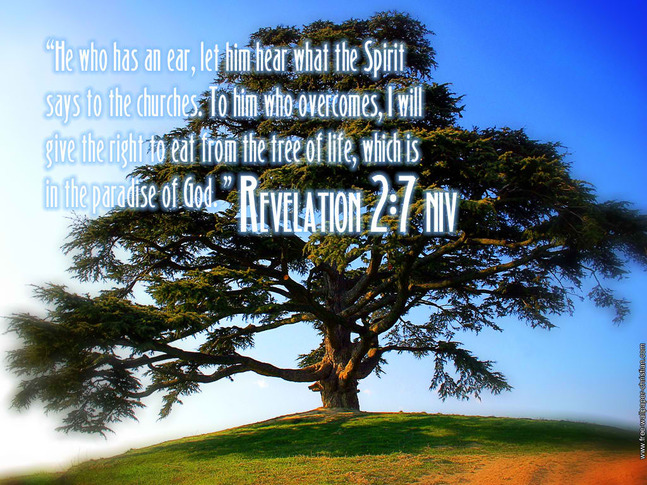
Because Roman authorities at this time were beginning to enforce the cult of emperor worship, Christians - who held that Jesus , not Caesar, was Lord - were facing increasing hostility. Some in the church were advocating a policy of compromise; this had to be corrected before its subtle influence could undermine believers' determination to stand fast in the perilous days that lay ahead.
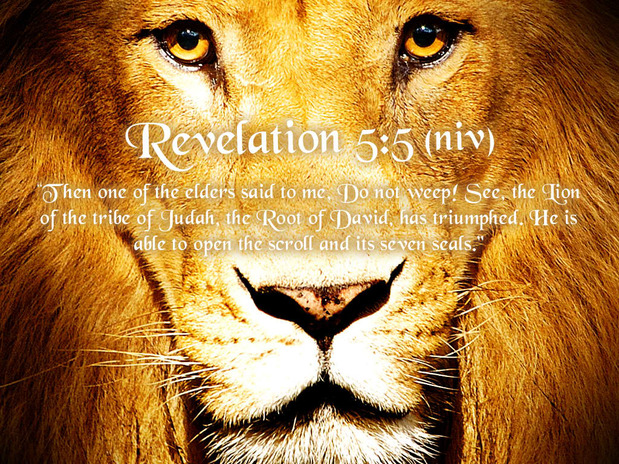
Four times the author identifies himself as John, and John was held to be the author from as early as the second century. Most scholars hold that the book was written about A.D. 95.
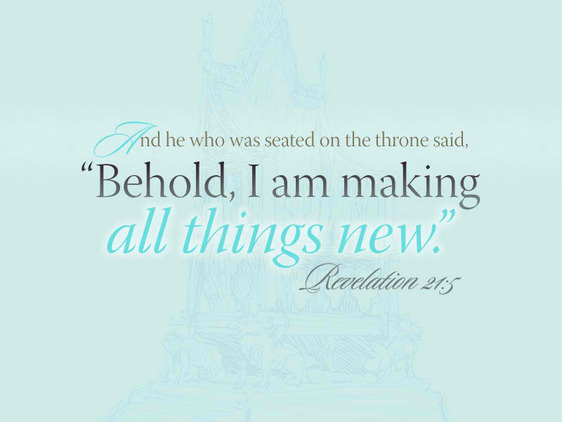
John writes to encourage the faithful to resist staunchly the demands that they worship the emperor. He informs his readers that the final showdown God and Satan is imminent. Satan will increase his persecution of believers, but they must stand fast, even to death. They are sealed against any spiritual harm and will soon be vindicated when Jesus returns, when the wicked are forever destroyed, and when God's people enter an eternity of glory and blessedness.
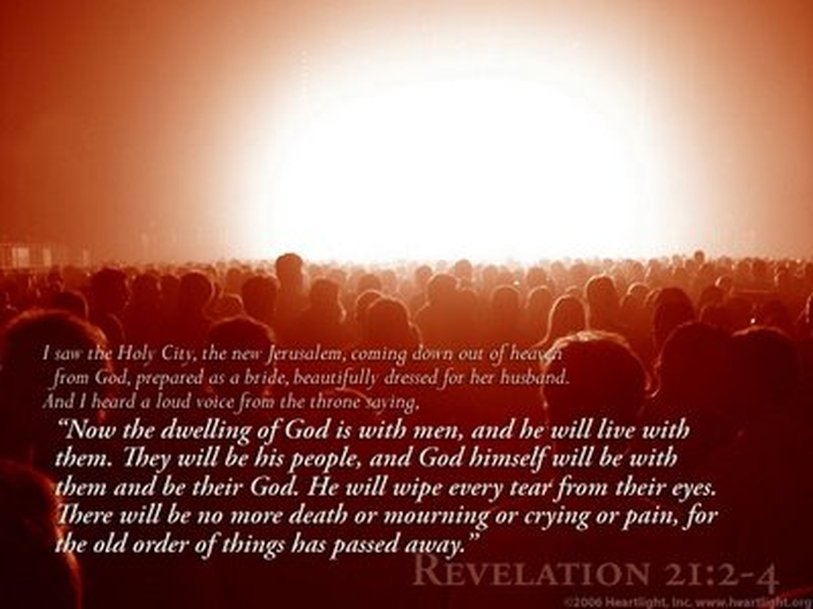
I. Jesus Among the Seven Churches (1:1-20)
II. Letters to the Seven Churches (2:1-3:22)
III. The Throne, the Scroll and the Lamb (4:1-5:14)
IV. The Seven Seals (6:1-8:1)
V. The Seven Trumpets (8:2-11:19)
VI. Various Personages and Events (12:1-14:20)
VII. The Seven Bowls (15:1-16:21)
VIII. Babylon: The Great Harlot (17:1-19:5)
IX. The Marriage of the Lamb (19:6-10)
X. The Return of Jesus (19:11-21)
XI. The Thousand Years (20:1-6)
XII. Satan's Doom (20:7-10)
XIII. Great White Throne Judgment (20:11-15)
XIV. New Heaven, New Earth, New Jerusalem (21:1-22:5)
XV. Conclusion (22:6-21)
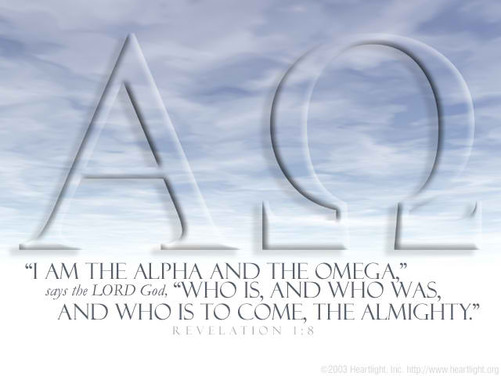
In chapters 1-3, John describes the details of the setting as he received this revelation (unveiling of truth). John was elderly and imprisoned on the Island of Patmos when he received an apocalyptic vision from an angel. With this
vision, he was instructed to write to seven churches about what he had seen. Revelation 1:19, describes a basic outline of the entire letter written by John, “Therefore write the things which you have seen, and the things which are, and the things which will take place after these things” this is the pattern that is followed by John. He describes of the seven churches, either their qualities and/or their weaknesses and failings (such as Sardis and Laodicea).
vision, he was instructed to write to seven churches about what he had seen. Revelation 1:19, describes a basic outline of the entire letter written by John, “Therefore write the things which you have seen, and the things which are, and the things which will take place after these things” this is the pattern that is followed by John. He describes of the seven churches, either their qualities and/or their weaknesses and failings (such as Sardis and Laodicea).
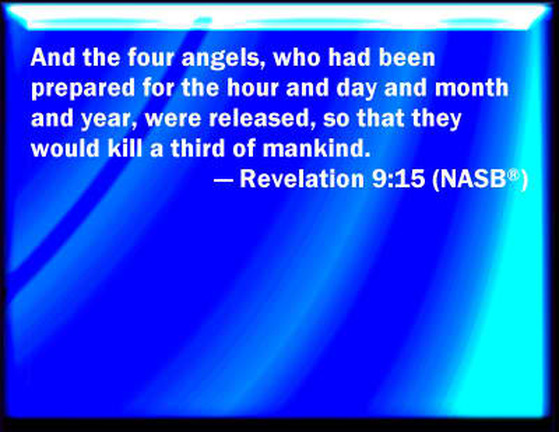
In chapters 4-20, John depicts what he sees in his vision about the Spiritual Realm. He describes Jesus Christ as the “Slain Lamb” who is the only one able to open the book with 7 seals. Aside from the 5th seal, each will bring a judgment upon the populace of the Earth. The 7th seal introduces 7 angels who each possess 7 trumpets, another series of daunting judgments.
Incredibly, after the 6th trumpet in which 1/3 of the Earth’s population is
killed, John claims, “The rest of mankind, who were not killed by these
plagues, DID NOT REPENT” (9:20).
Incredibly, after the 6th trumpet in which 1/3 of the Earth’s population is
killed, John claims, “The rest of mankind, who were not killed by these
plagues, DID NOT REPENT” (9:20).
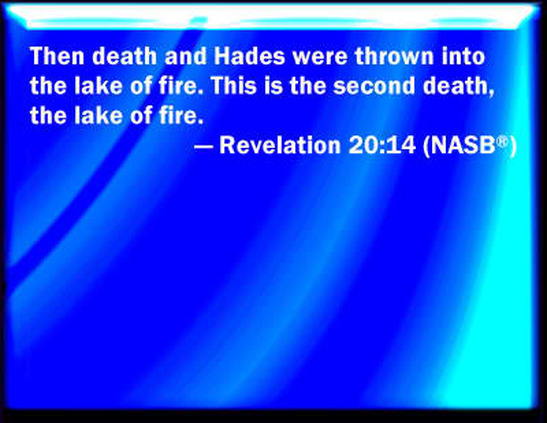
After this, John receives visions of which include the antichrist and Satan who is aware of his looming end. Next, John describes 7 more angles that will each carry 7 bowls of plagues to be poured onto the Earth. Again, amazingly,
while hail is raining from heaven during the 7th plague, humankind does not repent but, instead, “men blasphemed God because of the plague of the hail, because its plague was extremely severe” (16:21). These fierce plagues demonstrate the wrath of God’s holy judgment upon the still wicked Earth. John describes the eternality of Hell, the final resting place of the unbelieving. In 19:20, the antichrist and the false prophet are cast into the Lake of Fire, and then one thousand years later, after the millennium reign of Jesus Christ, in 20:10, the devil is also cast into the Lake of Fire, and we see that the antichrist and the false prophet are still in torment, “day and night forever and ever” because John describes Hell as an eternal place of conscious torment.
while hail is raining from heaven during the 7th plague, humankind does not repent but, instead, “men blasphemed God because of the plague of the hail, because its plague was extremely severe” (16:21). These fierce plagues demonstrate the wrath of God’s holy judgment upon the still wicked Earth. John describes the eternality of Hell, the final resting place of the unbelieving. In 19:20, the antichrist and the false prophet are cast into the Lake of Fire, and then one thousand years later, after the millennium reign of Jesus Christ, in 20:10, the devil is also cast into the Lake of Fire, and we see that the antichrist and the false prophet are still in torment, “day and night forever and ever” because John describes Hell as an eternal place of conscious torment.
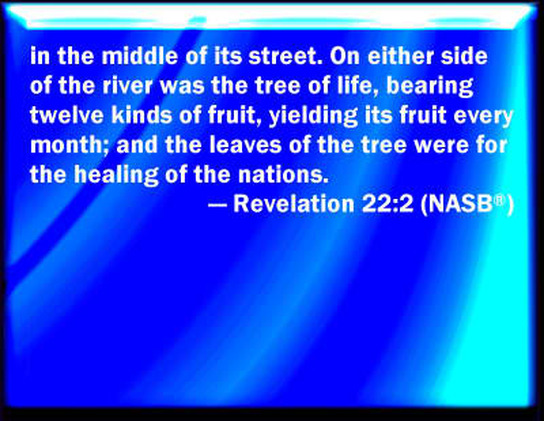
Finally, in chapters 21-22, John writes the last of the cannon of Scripture. Here he describes the New Heaven and the New Earth. In it is the holy city of the New Jerusalem. There will no longer be any crying or tears, pain, mourning, or death because, “the first things have passed away” (21:1). Only
those who are written in the Lamb’s book of life can enter this place to live eternally with Jesus Christ who sits on His throne. “Come.” And let the one who is thirsty come; let the one who wishes take the water of life without cost” (22:17).
those who are written in the Lamb’s book of life can enter this place to live eternally with Jesus Christ who sits on His throne. “Come.” And let the one who is thirsty come; let the one who wishes take the water of life without cost” (22:17).
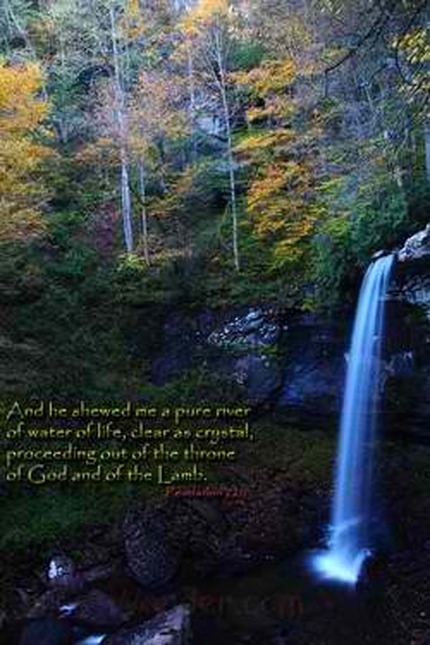
“Behold, I am coming quickly, and My reward is with Me, to render to every man according to what he has done. “I am the Alpha and the Omega, the first and the last, the beginning and the end.” (22:12-13).